Last Updated on January 31, 2025 by Cathy
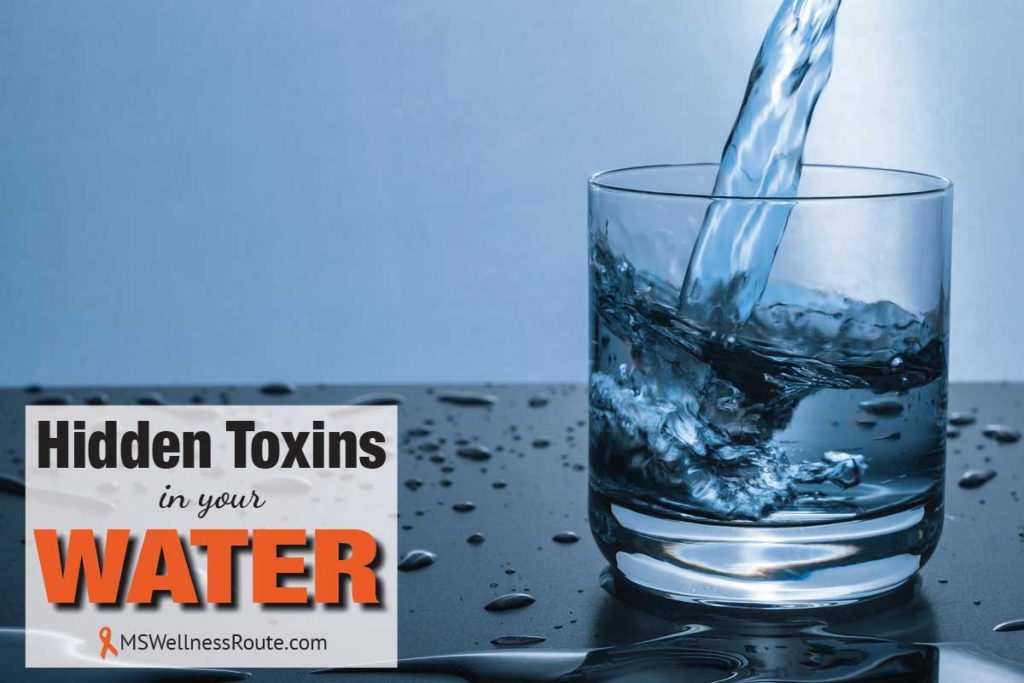
Water is something many people take for granted. Without water, a person can die within days. Water is essential for life.
Humans can live for weeks without food but we can only live about three days without water. Drinking enough water every day is vital for your health. Not only does it prevent dehydration but it also affects every aspect of your body.
Water helps your body:
- Keep a normal body temperature
- Keep you regular
- Lubricate joints
- Protect tissues
- Get rid of toxins and waste through bowel movements, urination, and perspiration
- Prevent organ failure
The most important thing you can do for your health is to drink clean, filtered water throughout the day.
Toxins Found in Tap Water
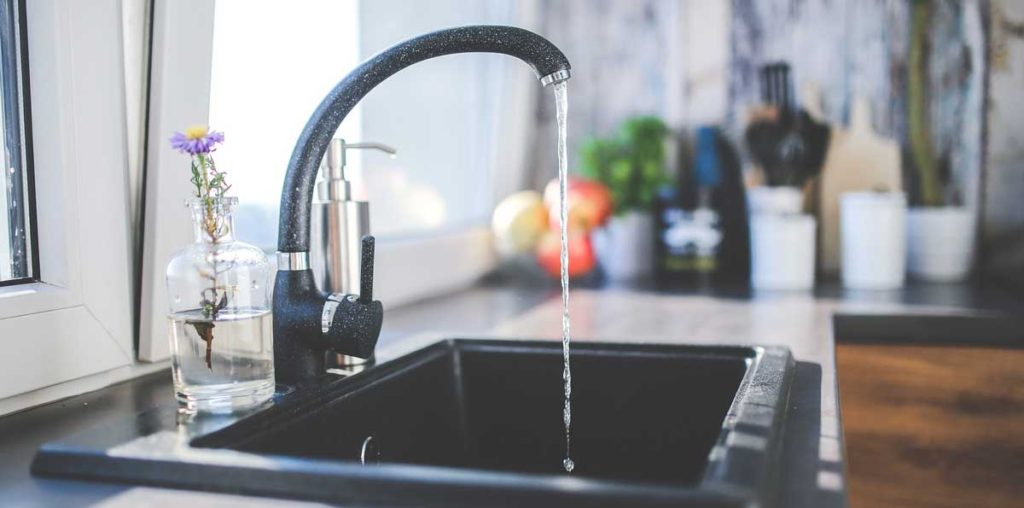
Not all water is the same. Water should be tasteless and odorless. But, sometimes it can be sweet or salty, it can even taste like metal – if you know what that tastes like.
When I was growing up I lived in a town with my family where we drank city water. It tasted disgusting. Plus, once a year the city would “flush the pipes” which turned the water brown. As kids, my siblings and I weren’t allowed to drink soda so we drank Kool-aid to hide the taste. Otherwise, I didn’t drink water.
Even as a kid I knew there was something wrong, I just didn’t realize it was chemicals and toxins in the water.
Chemicals like chlorine are regularly added to public water facilities to kill any contaminants. Chlorine kills bacteria which is good for bad bacteria, but it’s also killing the good bacteria in your gut.
Go to My Tap Water to check the water quality information in your area, for US residents only.
Fluoride added in toothpaste is a preventive to tooth decay. It’s also added to many community water supplies. Fluoride is also found in foods such as cocoa powder, dried fruit, grapes, tea, and walnuts.
Small amounts of fluoride are good for dental health. It’s when you consume larger amounts that it can cause health issues. Several studies on fluoride show some damage to the brain and nervous system.
Even small doses, affect the thyroid function, skeletal system, and reproductive system. Fluoride works better when applied directly to the tooth instead of ingesting it.
To know the level of fluoride in your drinking water visit My Water’s Fluoride from the Centers for Disease Control (CDC).
Another toxin found in city water includes volatile organic compounds (VOCs), known to cause nervous system damage.
Safety of Bottled Water
Worldwide sales of bottled water are in the billions of dollars. Bottled water and community water supplies are generally comparable in terms of “safety.” One concern that is often mentioned on why people should avoid plastic water bottles is BPA. But, plastic water bottles don’t contain BPA, check the bottom of the bottle and you will see.
However, the plastic could leach chemicals into the water. Especially when the bottles are stored at higher temperatures. Plus, harmful bacteria can grow inside the bottle if it is reused and not washed with hot soapy water first.
Toxins Found in Well Water
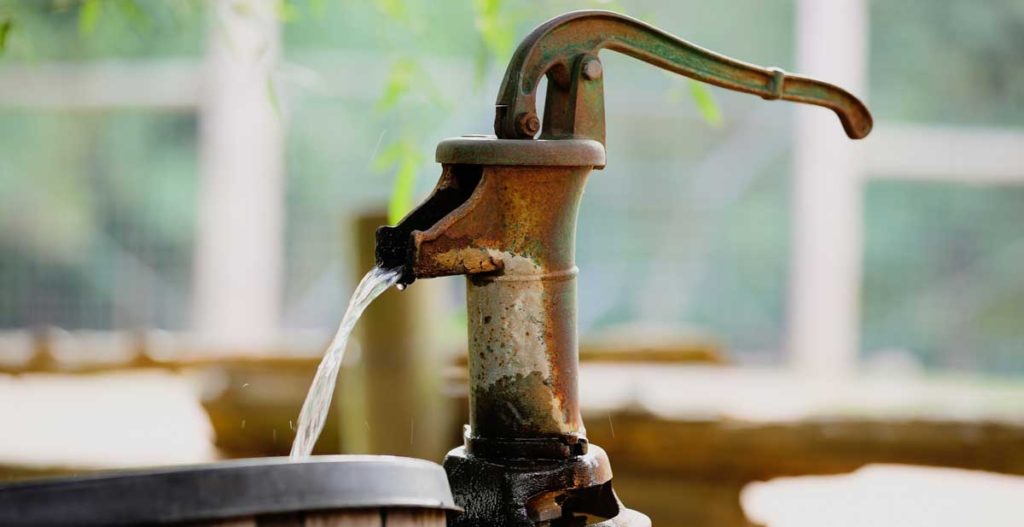
Wells get their water from an underground aquifer. Which sounds better than public drinking water systems and bottled water. But, private wells aren’t regulated like the others are.
Private wells could also get contaminated. Possibly from failed septic tanks or fertilizers and pesticides from nearby farms.
My husband and I live in a rural area so we have a private well. The water looks clean and it tastes good. But we live near a farm that most likely uses pesticides, fortunately, we live upstream.
We used to be part of a monitoring well system that checked our water every three months for water quality. The test always came back with good results. When the company that tested our water closed we started checking our water yearly.
It is important to check private wells regularly to ensure the water is safe for drinking.
Mold in Water
Sounds crazy but mold can grow in your water system. Whether it’s your faucet aerator, water softener, or water storage tank mold can grow.
Think about it, mold loves to grow in dark, moist environments. And mineral build-up in your pipes provides a perfect place for it to grow. Older pipes are prone to tiny cracks or holes. This allows dirt and other particles to get inside allowing mold to grow.
Or if you have a private well and your cap isn’t adequately sealed or it’s damaged then you are at risk. Occasionally check the water well cap to make sure there isn’t any damage
Removing mold is a bit trickier, you can’t just buy a filter and expect it to be gone. You will need to flush your water pipes and water storage system. If you have a septic system you don’t want to dump a lot of bleach down the drains.
Like a healthy gut, a septic system needs a good balance of bacteria to work properly. Without bacteria, the solids in the septic tank aren’t broken down leading to system failure.
Instead:
- Pour 1/2 cup of baking soda down the drain and let it sit overnight
- The next day slowly pour 2 cups of white vinegar or hydrogen peroxide
- down the drain, this will create a fizzy reaction
- Next, pour about 5-6 cups of boiling water down the drain to wash everything away
If the mold is in the pipes before it enters the house you will need to do the same thing before the mold starts. For example, if it is in your water storage tanks. It’s possible to have mold in the water well casing itself, if that’s the case you need to contact an expert.
Clues you have mold in your water include:
- More mold than normal in your tub and shower
- A dirt-like substance in the towel bowel
- Moldy or musty smell when you run your water
- Mold growing in your pet’s water bowel
Heavy Metals in Water
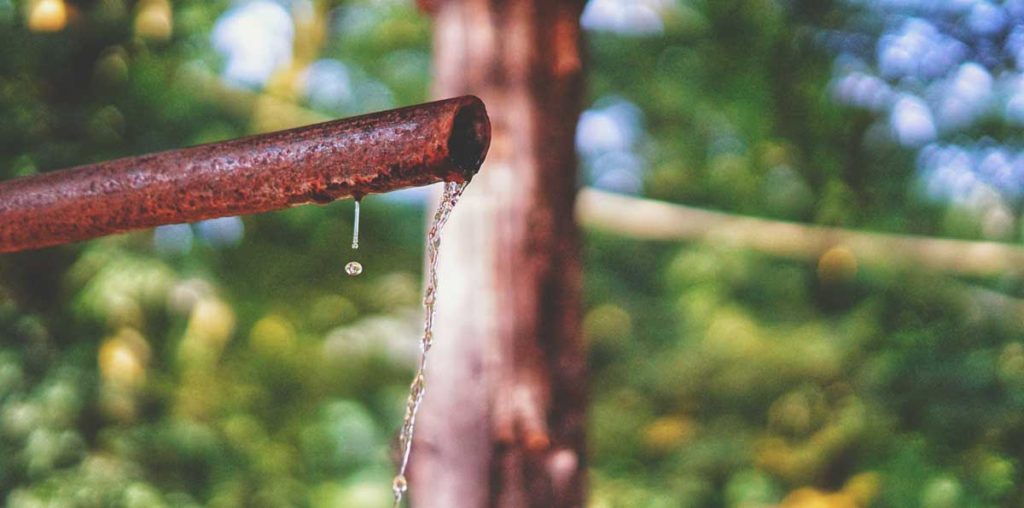
No matter if your water comes from a public water system or from a private well it could have heavy metals. Such as arsenic, chromium, lead, and mercury. – Your home might be the cause of the heavy metals.
The most common heavy metals found in water are due to corrosion of plumbing fixtures and pipes. It could also be from your water heater, basically anywhere you store drinking water. Because we have a private well, we also have two water storage tanks. We had to replace our old ones after 20 years of use. It’s important to stay on top of the maintenance of your water supply.
Clean water should be your top priority.
Filtered Water
You should drink clean, filtered water throughout the day. There are many different water filters to choose from, it all depends on what you are after.
Ask yourself:
- Do you want to treat just your drinking water or the whole household?
- What kind of contaminants are you most concerned about?
- How much money do you want to spend?
Public water supplies should be safe but they have hundreds of contaminants. And you never know what is in private water wells. Factors like the age of your house, plumbing, and runoff play a factor in the quality of your water.
It’s best to use a water test kit first then buy a water filtration system to fit your needs.
Different water filtrations:
- Carbon block and activated carbon remove larger particles
- Revere Osmosis removes contaminants and impurities from water, recommended by many functional medicine practitioners
- Sand and Sediment mesh removes clay, dirt, rust particles, and sand
- Ultraviolet light (UV filters) destroys various bacteria
Your skin is the largest organ and it absorbs the toxins from the water. Each time you take a shower or bath your body absorbs any toxins from the water. If you can afford it, it’s best to get a whole household water filtration system like the one from Home Master®.
Tips to Drink More Water
People with MS tend to not drink as much water as they should due to bladder issues. But dehydration can contribute to cognitive impairment, fatigue, headaches, and urinary tract infections.
Tips to Drink More Water:
- Add berries, cucumbers, lemon, lime, or mint to your water
- Carry a water bottle with you and refill it throughout the day
- Drink a glass of water after every bathroom break
- Drink water while preparing meals
- Keep track of your water intake for the day
- Get a smart water bottle that tracks your water intake like Hidrate Spark 3
You have probably heard you should drink 8 ounces of water each day. That’s pretty easy to remember but it depends on your size. A 5-foot-tall woman won’t need to drink as much water as a 6-foot-tall man.
The U.S. National Academies of Sciences, Engineering, and Medicine recommends:
- 11.5 cups (2.7 liters) a day for women
- 15.5 cups (3.7 liters) a day for men
This includes fluids from water, other beverages like broths and teas, and food. 20 percent of your water intake comes from the food you eat.
If you are feeling thirsty, you are already dehydrated. A good indicator to make sure you’re hydrated is the color of your urine. Aim for pale to clear urine, dark urine means you need to drink more water.
This doesn’t always work for everyone, especially for those with urinary urgency. If you go to the bathroom often your urine might be clear when you are still dehydrated. This is when you should pay attention to how many glasses of water you drink in a day.
To make it easy without having to count every glass of water I drink. Each morning I add clean, filtered water to a 2-liter glass pitcher and drink by the end of the day.
Quick Links To Information In This Post:
10 Warning Signs That You’re Dehydrated
The Shocking Truth About Mercury And MS
Are Mycotoxins Holding You Back From Healing?
Hidden Toxins In Your Water
Water is a crucial nutrient and the only one whose absence will be lethal within days. Make sure you are drinking enough clean, filtered water throughout the day. Herbal tea and lemon water are also good options. They taste good and they provide nutrients.
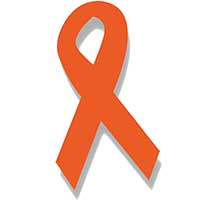
Free Wellness Library!
Subscribe for free and I’ll send you the password to my secret library filled with many printables for your wellness journey.
Want to remember this health tip? Pin it to your favorite Pinterest board!
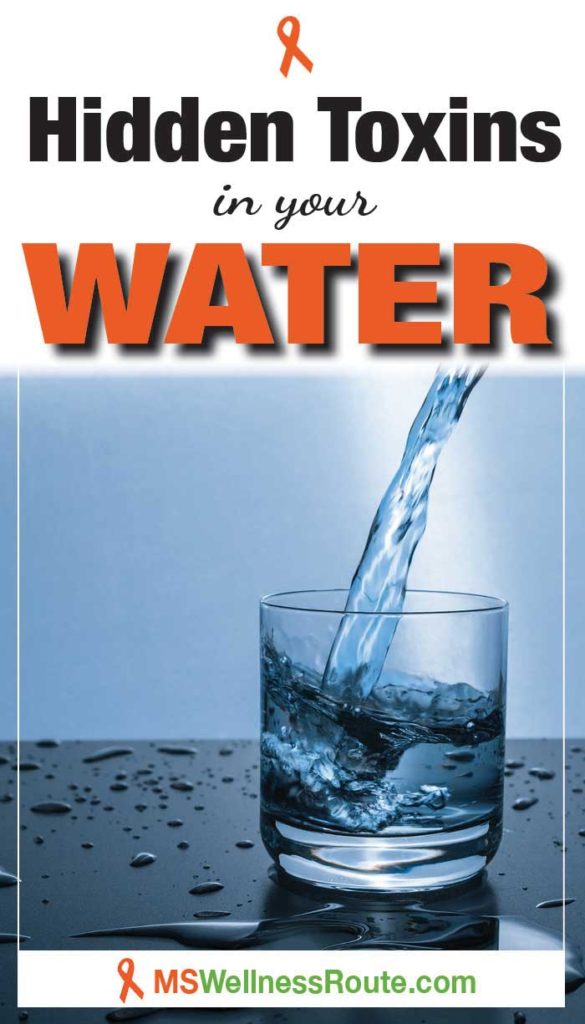
Resources:
https://www.ncbi.nlm.nih.gov/pmc/articles/PMC6195894/
https://www.ncbi.nlm.nih.gov/pmc/articles/PMC2908954/
https://www.cdc.gov/healthywater/drinking/private/wells/index.html
Photos by Karolina Grabowska from Pixabay, Geoffrey Crofte and Jainath Ponnala on Unsplash.
Hidden Toxins In Your Water





